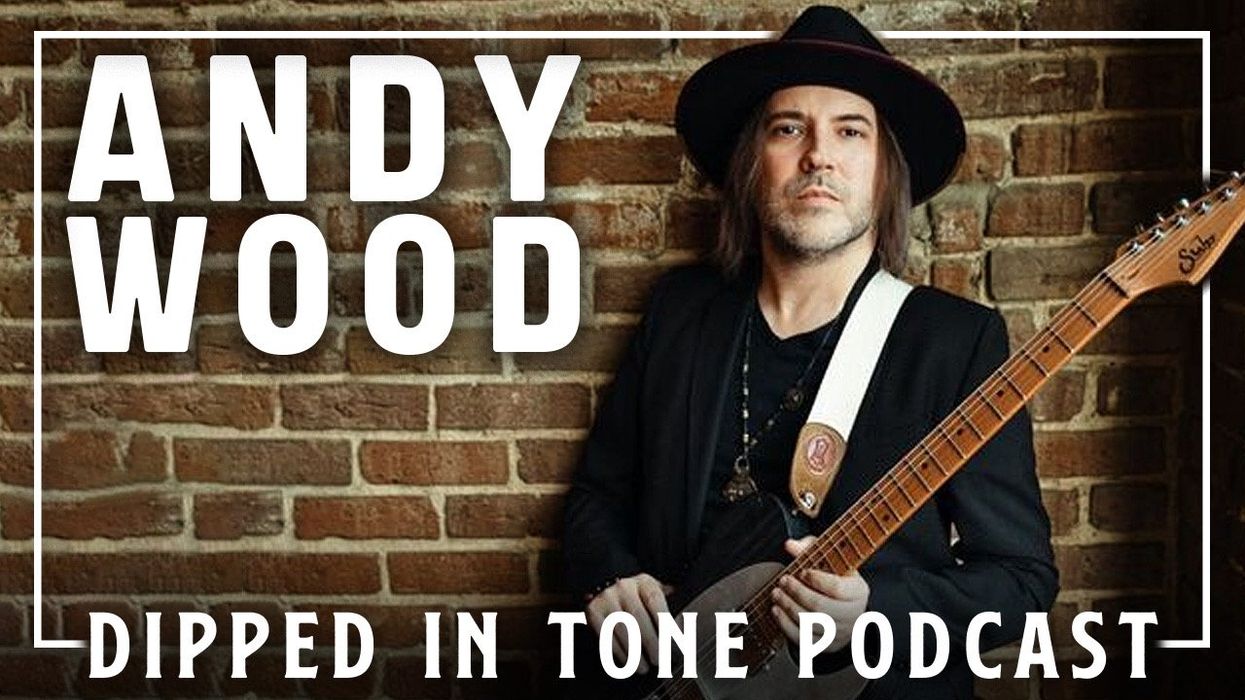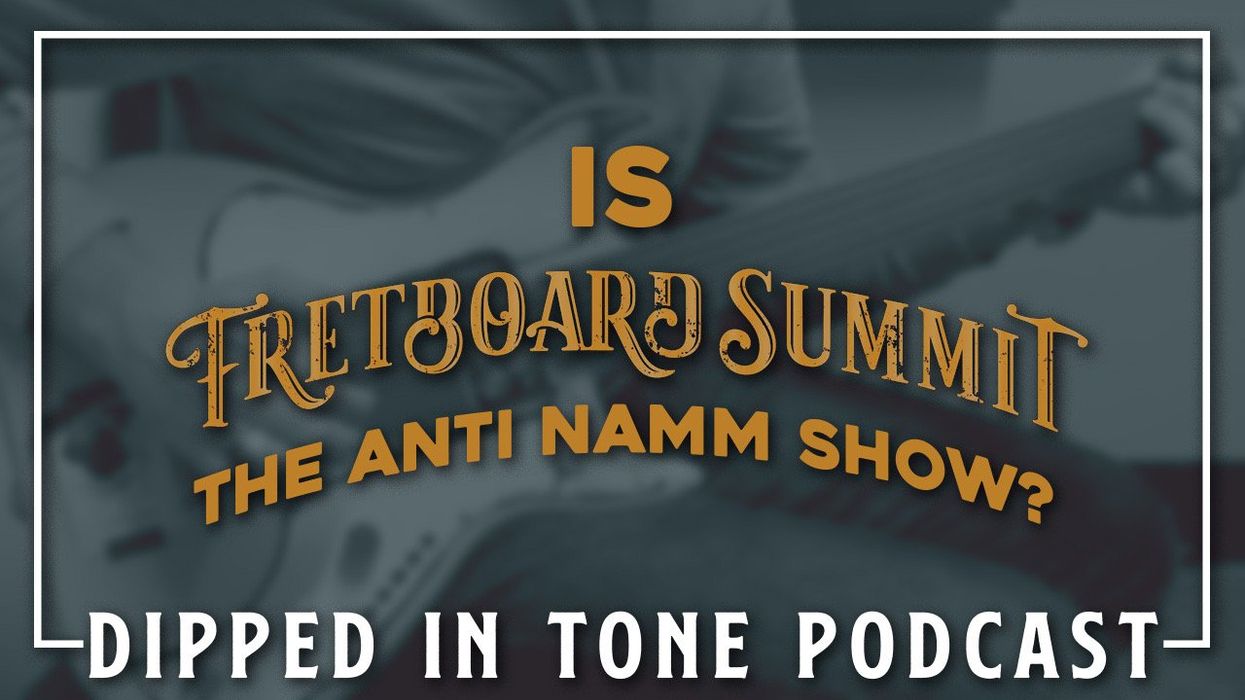The country music guitar slinger dishes on building chops in bluegrass, his mandolin and guitar heroes, and how he finds his tones.

Get 10% off your order at stewmac.com/dippedintone
Rhett and Zach are joined on this Dipped In Tone by country and bluegrass aficionado Andy Wood. Wood grew up in Knoxville with Appalachian bluegrass musics shaping his view of the world, and even though he’s celebrated for his guitar playing, he reveals that he didn’t pick up an electric until he was 17.
Mandolin was his home turf, where lightning-quick alternate picking was the norm rather than a shredding strategy—there’s no “nuclear arms race of chops” in bluegrass, Wood reveals. The real key to playing fast? Simply learning songs. Because of the different approaches, Wood shares how to spot an electric guitar player who started on bluegrass. Wondering where to start with American roots music? Wood has you covered there, too.
When he finally got around to guitar, Wood studied the playing of Nashville session weapons like Brent Mason alongside players like John Petrucci. Now, Wood throws an annual four-day retreat for guitar players called the Woodshed Guitar Experience, where you can learn from some of music’s greatest modern players.
Plus, learn about how Andy catches great electric tones in the studio, and stayed tuned for his new solo record, Charisma, which launches on August 9.


















